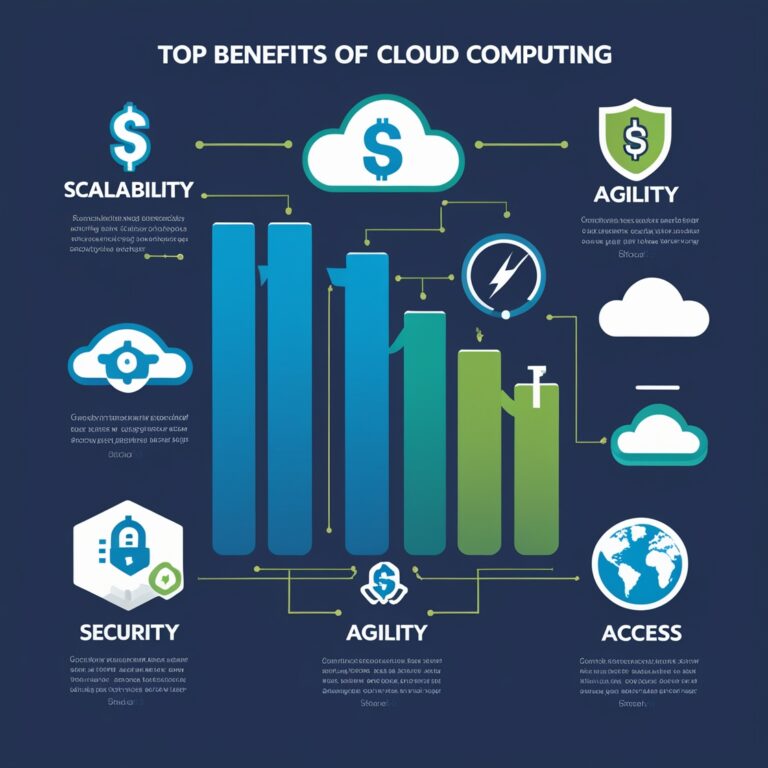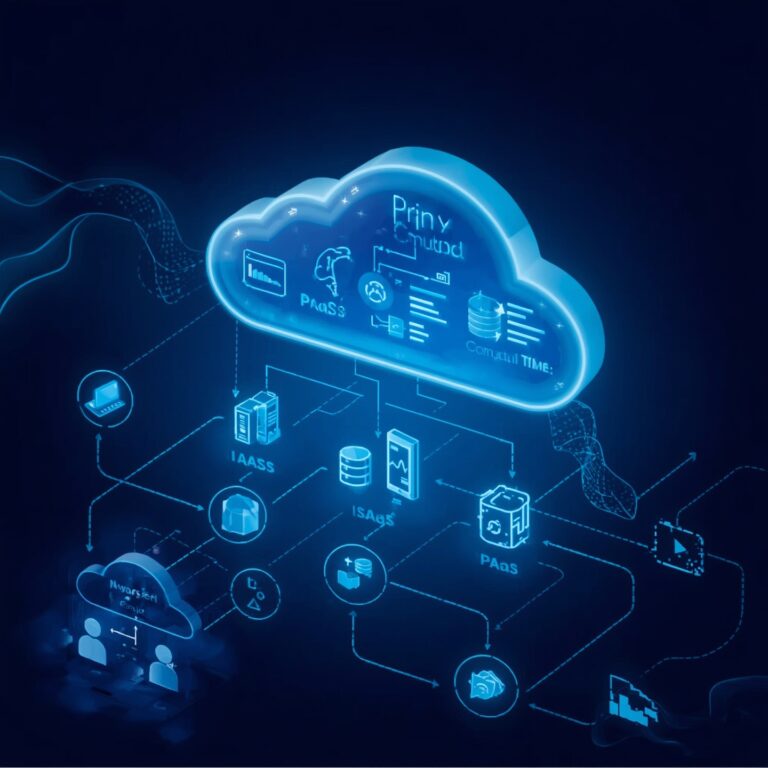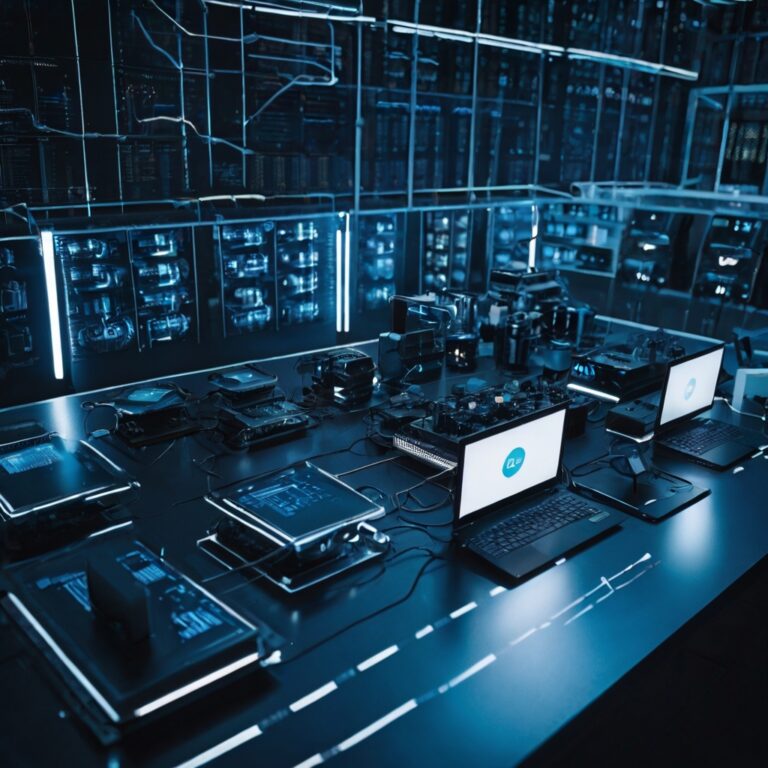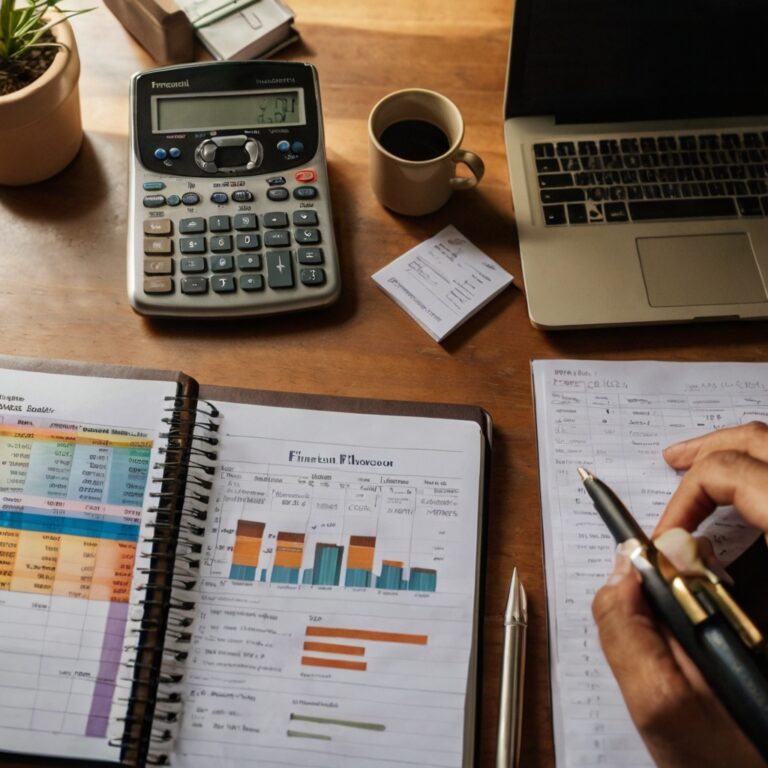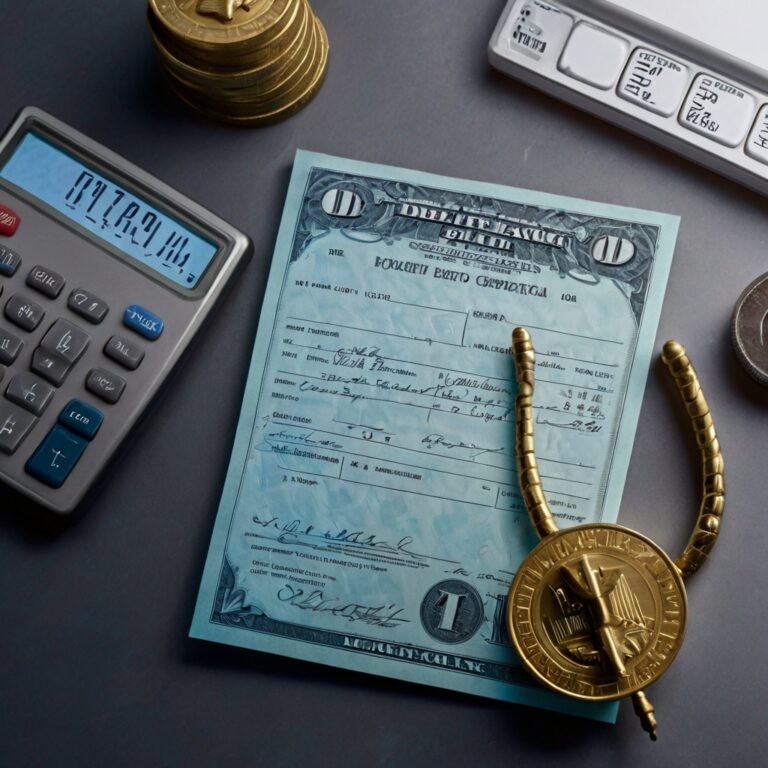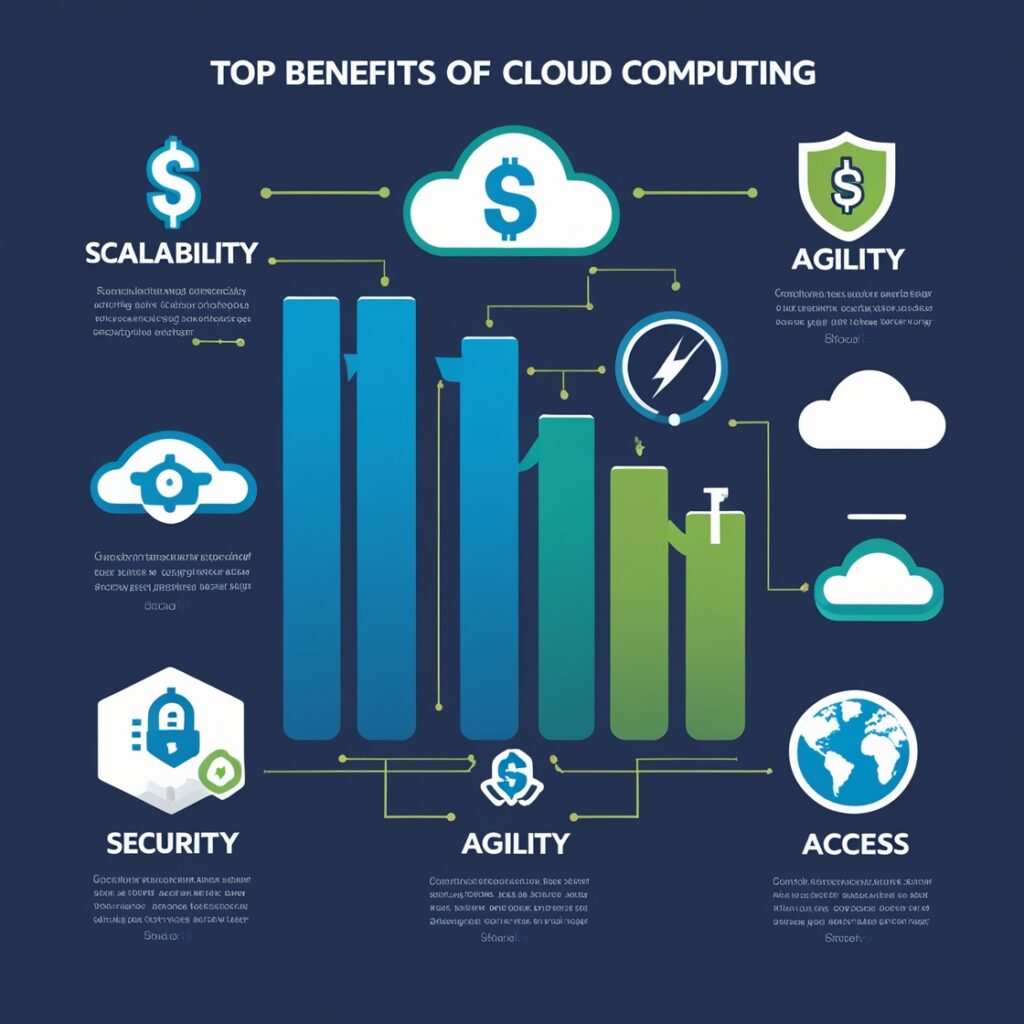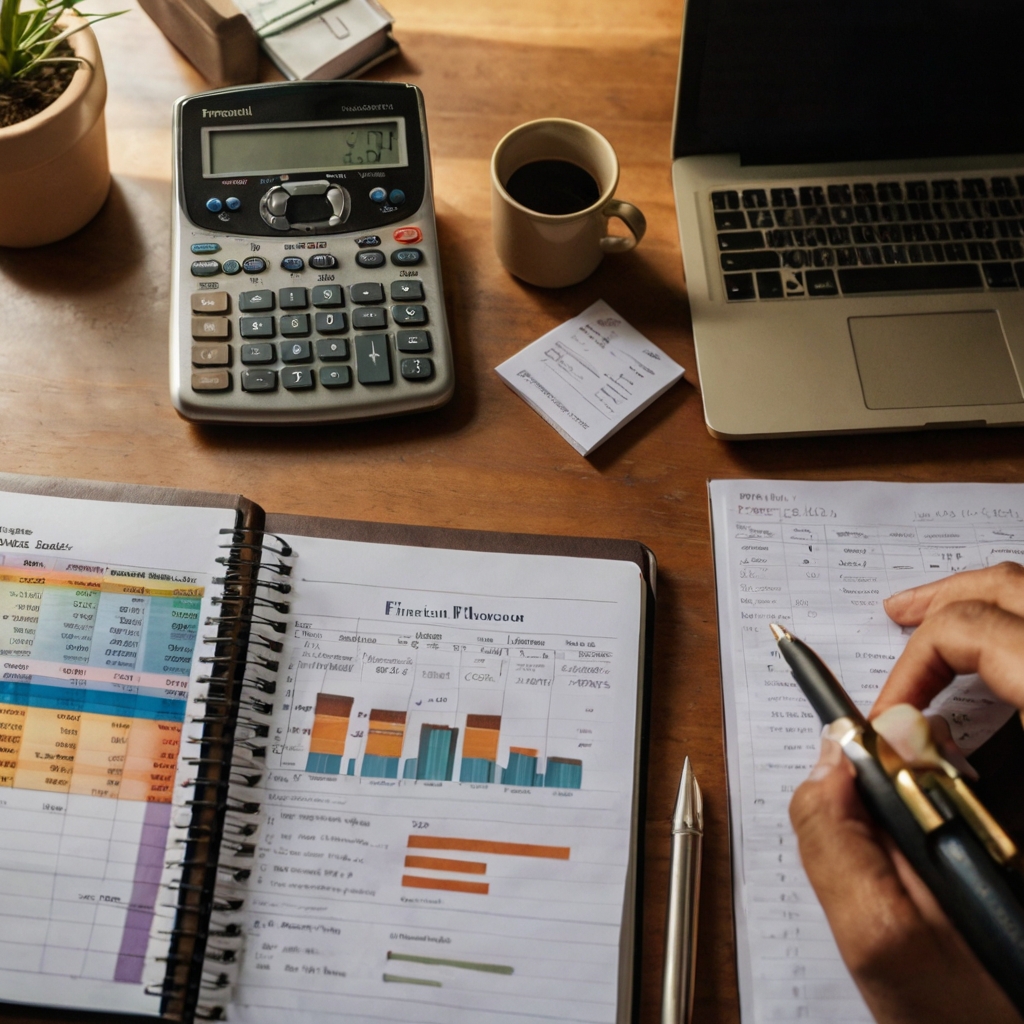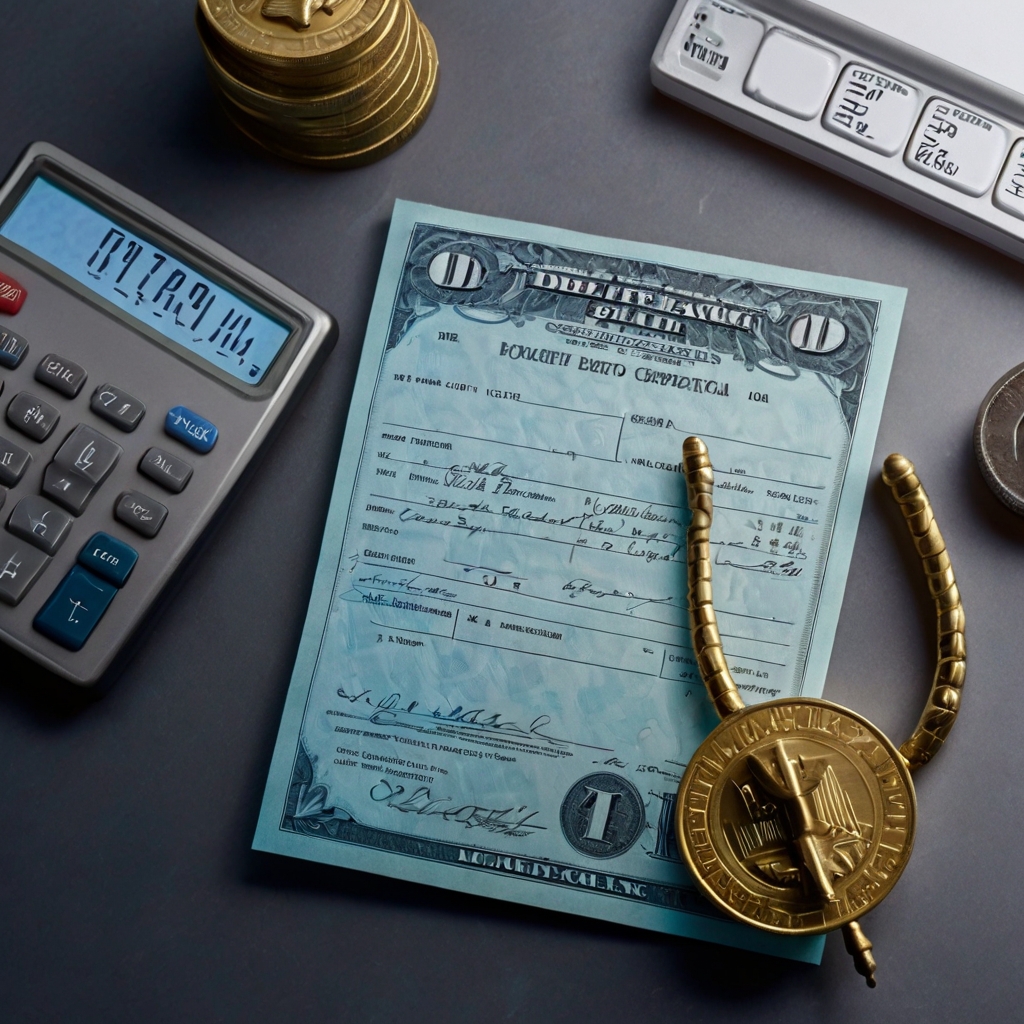How to Adopt Wearable Health Monitor Tech for the Elderly in US Homes
How to adopt wearable health monitor tech for the elderly in US homes begins with recognizing both the medical need and the importance of user comfort. With over a decade covering digital health and eldercare innovation, I share strategies informed by clinical studies, pilot programs, and real-life adoption stories. Wearables such as fall-detection smartwatches, FDA-cleared ECG devices, and wellness rings can track heart rate, sleep, blood oxygen, and detect falls in real time. Thoughtful implementation—paired with remote patient monitoring systems—helps seniors remain independent and safe, while caregivers gain reassurance and actionable alerts.
Why Wearables Matter for Seniors in U.S. Homes
Wearable health monitors are part of a growing remote patient monitoring (RPM) system that enables real-time tracking of vital signs in elderly populations living at home. Especially for chronic conditions or fall risk, wearables backed by AI‑linked systems can spot early warning signs and intervene before emergencies escalate. Studies show wearables reduce hospital readmissions, improve adherence, and enhance quality of life for elderly patients, making them an increasingly trusted tool in U.S. home health.
Choosing the Right Wearable Devices
When considering wearable health monitors for the elderly in U.S. homes, focus on key features:
-
Fall detection accuracy: Smartwatches like Medical Guardian, BeWell Alert, or Lifeline consistently detect falls with high specificity and sensitivity (77‑100%) in clinical tests
-
Vital sign tracking: Devices using heart rate, PPG, SpO₂—even ECG watches—provide continuous insights that support early intervention
-
Usability for seniors: Choose devices with large displays, simple navigation, and voice prompts
-
Integration with home systems: Wearables should sync easily with home health platforms or telehomecare units for caregiver alerts and data sharing
These criteria ensure devices are both effective and accessible.
Setting Up Wearable Tech in U.S. Homes
Initial Training & Onboarding
Begin with a live demonstration—show how to charge the device, review alerts, and respond to notifications. Hands-on training helps older adults feel confident.
Integrate with Remote Patient Monitoring Tools
Link wearables to RPM applications or telehomecare systems so that data flows securely to healthcare providers or caregivers. AI-enhanced systems can flag routine versus critical deviations—minimizing caregiver fatigue.
Customize Alerts & Communication
Adjust thresholds for heart rate, activity, or oxygen alerts based on health status. Ensure alerts notify caregivers via phone or app reliably, with fall alarms routed to emergency contacts.
Overcoming Common Challenges
-
Resistance to wearing gadgets: Begin with familiar form factors—simple wristbands or emergency pendants. Explain benefits in plain, reassuring terms.
-
Technology fears: Emphasize privacy, minimal setup, and caregiver support.
-
Connectivity or tech barriers: Use devices with cellular or Wi‑Fi connectivity; avoid complicated pairing. Provide quick-reference guides and backup instructions.
-
Cost concerns: Explore Medicare Advantage or private plans that cover RPM devices. Compared to institutional care, wearables often reduce long-term healthcare costs.
Real-World Examples & Benefits
-
In U.S. pilot studies and eldercare models, wearable smartwatches and wristbands supported fall detection, chronic disease monitoring, and medication adherence, dramatically reducing emergency visits and improving caregiver peace of mind.
-
AI-enabled systems like CareFall and ResNet-based fall-detection apps achieve >98% specificity, with sensitivity reaching ~92% in modeling experiments.
These innovations define how wearable health monitors for seniors in U.S. homes are reshaping eldercare.
Best Practices for Safe & Effective Use
-
Choose clinically tested devices (FDA clearance or validated studies).
-
Pair wearables with caregiving platforms or RPM dashboards.
-
Conduct consent discussions focusing on data use and privacy.
-
Regularly review device data with eldercare providers.
-
Update firmware and apps to preserve security.
-
Combine tech usage with social or in-person check-ins to maintain human connection.
Frequently Asked Questions
Are wearable devices covered by insurance?
Some Medicare Advantage and private health plans cover RPM devices and setup. Traditional Medicare may not, but costs often remain lower than care facility expenses.
Do wearables really detect falls accurately?
Studies show fall-detection smartwatches hit around 77–100% specificity and 87–98% sensitivity in controlled tests.
Can seniors easily use wearables?
Modern devices are designed with seniors in mind—large displays, verbal reminders, emergency buttons—making adoption easier with proper training.
Is data shared securely?
Reputable devices use encrypted connections and comply with HIPAA standards when linked to RPM platforms or telehealth systems.
I’m a digital health analyst and tech writer with over 10 years of experience researching wearable devices and eldercare technology. I’ve consulted healthcare startups and reviewed clinical RPM pilot programs, balancing technical rigor with real-world usability insights. My guidance flows from published literature, trusted reviews, and direct feedback from seniors and caregivers—ensuring expert, accessible, and human-centered advice.
Adopting wearable health monitor tech for the elderly in U.S. homes offers a powerful path to autonomy, wellness, and safety. When combined with proper setup, training, RPM systems, and trusted choices, these devices can transform eldercare at home—empowering seniors and easing caregiver stress. Let me know if you’d like help evaluating devices, planning training, or designing a personalized integration.


